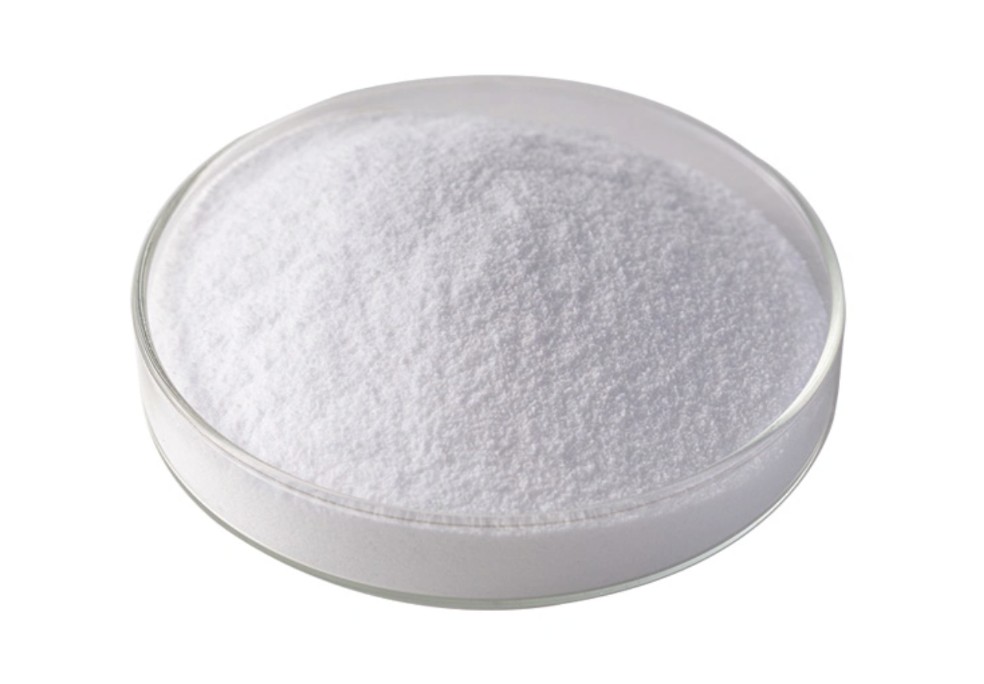Product Name: beta-Diphosphopyridine nucleotide
Synonyms: NAD,DPN,OSTEOPONTIN, GST FUSION;)-1-beta-d-ribofuranosylpyridiniumhydroxide,innersalt;adenine-nicotinamidedinucleotide;adenosine5′-(trihydrogendiphosphate),p’.fwdarw.’-esterwith3-(aminocarbonyl;Adenosine5′-(trihydrogendiphosphate),P’.fwdarw.5′-esterwith3-(aminocarbonyl)-1-.beta.-D-ribofuranosylpyridinium,innersalt;beta-diphosphopyridine;cozymasei;enzopride
CAS: 53-84-9
MF: C21H27N7O14P2
MW: 663.43
EINECS: 200-184-4
Melting point: 140-142 °C (decomp)
Boiling point: 329.1±15.0 °C
Density: 1.137±0.06 g/cm3
Storage temp.: 2-8°C
Appearance: White Powder
Nicotinamide adenine dinucleotide, abbreviated NADh+, is a coenzyme found in all living cells. The compound is a dinucleotide, since it consists of two nucleotides joined through their phosphate groups. One nucleotide contains an adenine base and the other nicotinamide.
In metabolism, NAD+ is involved in redox reactions, carrying electrons from one reaction to another. The coenzyme is, therefore, found in two forms in cells: NAD+ is an oxidizing agent - it accepts electrons from other molecules and becomes reduced. This reaction forms NADH, (Nicotinamide adenine dinucleotide) which can then be used as a reducing agent to donate electrons. These electron transfer reactions are the main function of NAD+. However, it is also used in other cellular processes, the most notable one being a substrate of enzymes that add or remove chemical groups from proteins, in posttranslational modifications. Because of the importance of these functions, the enzymes involved in NAD+ metabolism are targets for drug discovery.






















